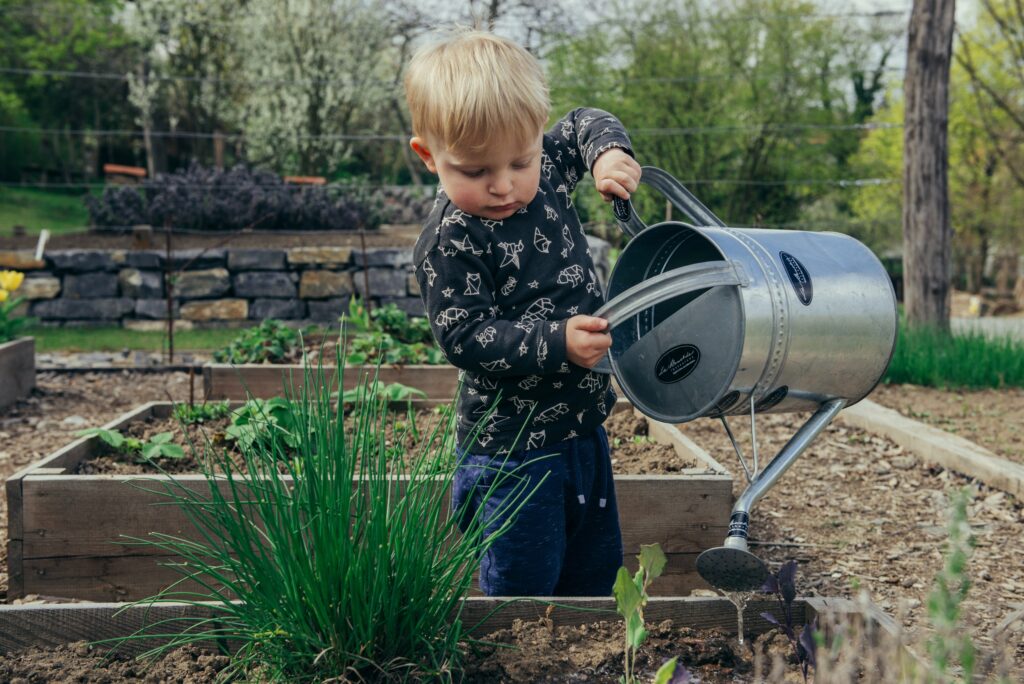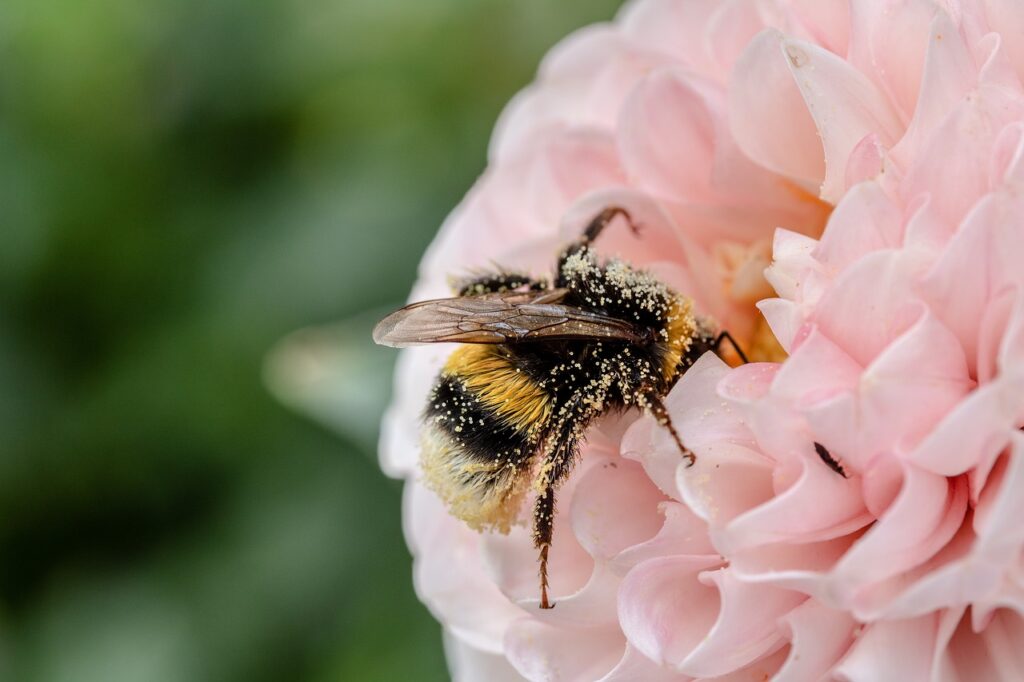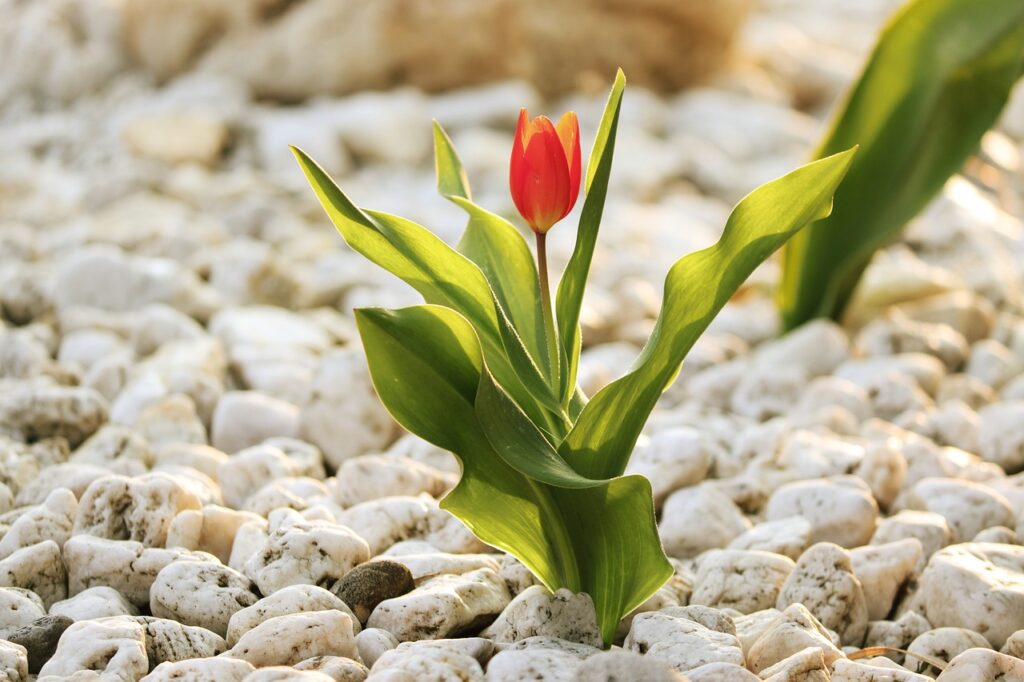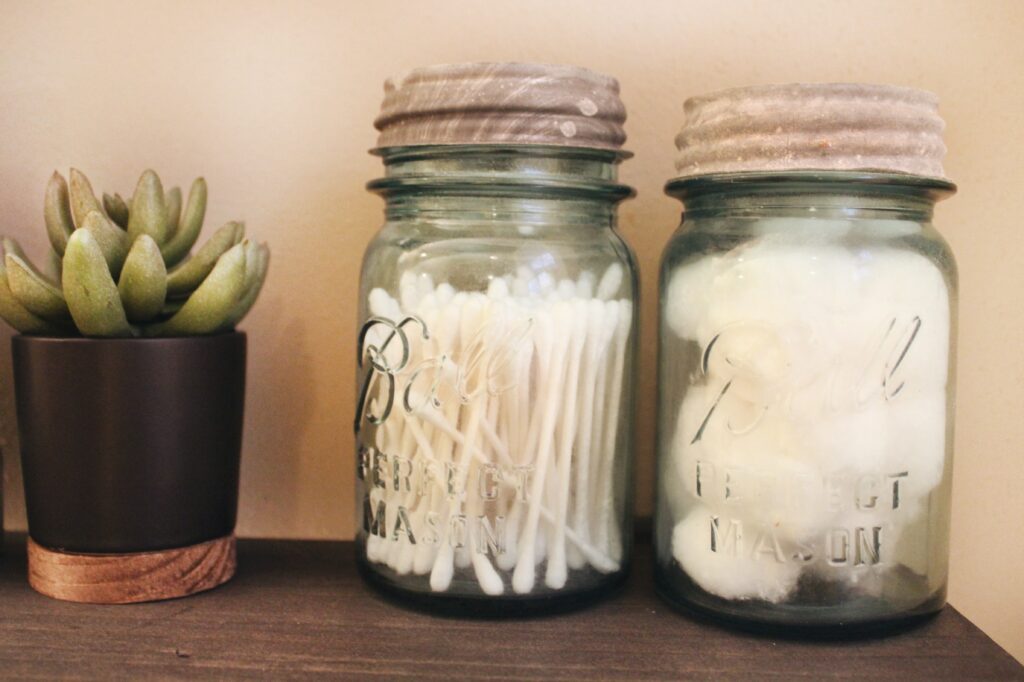6 Ways to be More Eco-Friendly At Home

Being eco-friendly at home starts with making a commitment to maintaining an Earth-sustainable lifestyle. And while “reduce, reuse, recycle” is a great beginning, it is only part of creating an ecological plan.
If you are trying to minimize waste, start with your own trash can and evaluate where you can cut back. Discover 6 ways to be more eco-friendly at home and get a jumpstart on lowering your environmental footprint.
1. Minimize Lawn Chemicals

Harsh chemicals may kill weeds, but they damage healthy plants, insects, and soil. Synthetic fertilizers seep into the ground, causing harmful runoff that flows into nearby bodies of water, harming aquatic life. Organic fertilizers and natural alternatives are better for the environment. Minced leaves, grass clippings, and nutrient-rich compost nourish your lawn and garden without introducing chemicals.
2. Plant Natives

The term “go native” is a plea for homeowners to use naturally occurring plants from their local area in landscapes. These native plants are well-suited to your local climate and require less water and maintenance to support local wildlife. Natives attract beneficial pollinators like birds, butterflies, moths, and bees.
3. Conserve Water

Water is a precious commodity that we take for granted. Rainy days have their purpose. The downpours fill reservoirs, streams, lakes, and rivers, and preserving water is important, especially when Mother Nature is fickle.
Conserve water and cut down on your water waste with a few tips:
- Turn off the tap when brushing your teeth or doing the dishes
- Repair leaky faucets, pipes, and hoses as soon as possible
- Install low-flush toilets
- Consider rain barrels to hold excess water for later use with your lawn and garden
- Xeriscape with succulents and other water-wise plants and hardscapes like rocks, ornaments, and gravel
- Install an automatic irrigation system with a rain sensor
- Wait until you have a full load to do your laundry
4. Recycle Your Electronics

Computers, cellphones, and tablets are filling our landfills, as older models become obsolete much faster. Recycle your old electronic gizmos by taking them to companies that will reuse circuit boards, screens, wires, and battery connectors. Check for trade-in or buyback programs from major retailers and manufacturers. You can also locate an e-waste recycling facility in your area. Follow the recycling guidelines for your service. Common recyclable electronics include:
- Smartphones
- Laptops and computers
- Tablets and e-readers
- Printers and scanners
- Televisions
- Gaming consoles
- Audio equipment
- Small appliances
- Cameras and camcorders
- Cables, chargers, and computer equipment like mice and keyboards
- DVD and Blu-ray players
5. Reduce, Reuse, Recycle, Repurpose, and Refurbish

Walk or ride a bike whenever possible. Riding your bike means reducing your carbon footprint and cutting your fuel costs. If riding a bike isn’t your thing, try creating new from the old by reusing containers, crafting light fixtures out of bottles and bowls, storing plastic grocery bags in empty tissue boxes, or turning old cassette tape cases into gift card boxes.
Use your imagination. There is no shortage of ways to be more eco-friendly at home or on the go. Shop at secondhand stores for still-usable items. Check out antique dealers and consignment shops. It’s a fun way to spend a few hours and save a little money at the same time while getting a one-of-a-kind item.
6. Small Changes, Big Impact

Small changes make a big impact. Start with simple steps like bringing reusable bags to the grocery store on your next trip, using dish towels instead of disposable paper towels, and avoiding single-use plastics like cups, straws, water bottles, and plates. These items end up in landfills, polluting streams, waterways, and our oceans.
Old habits are hard to break, but being more eco-friendly is easy, especially when it’s built into your daily routine. Because community programs vary, recycling correctly and knowing what companies reuse are the keys to making a real difference in protecting our earth.
Author Bio
Teri Silver is a journalist and outdoor enthusiast. She and her husband live on 5 acres with a vast lawn, three gardens, a farm, a pond, many trees, and a lot of yard work! The best parts of the year are summer and fall when home-grown veggies are on the dinner table.